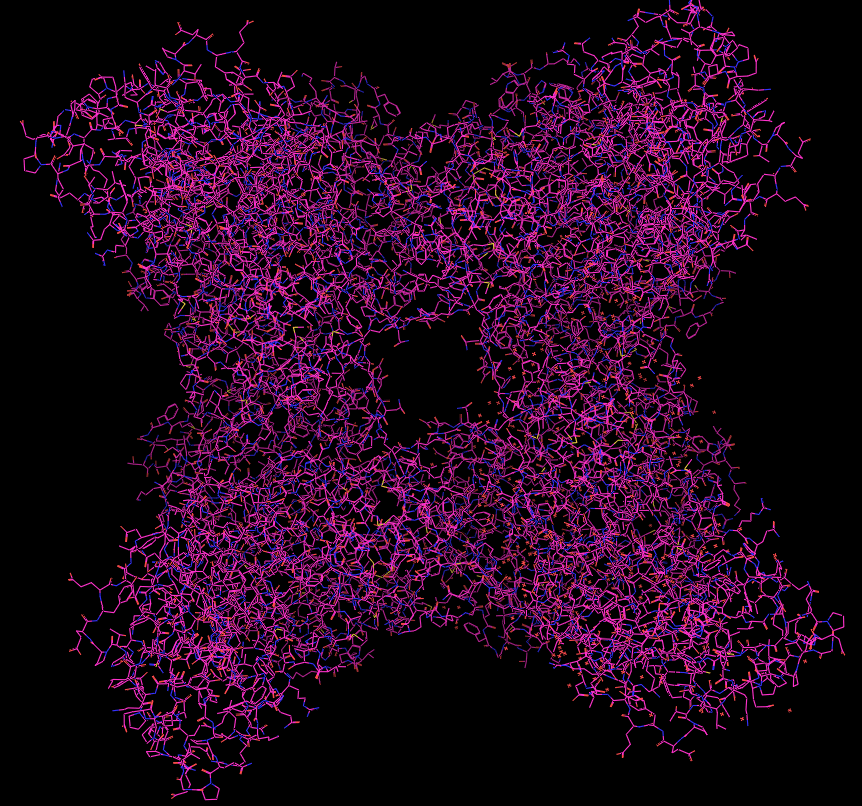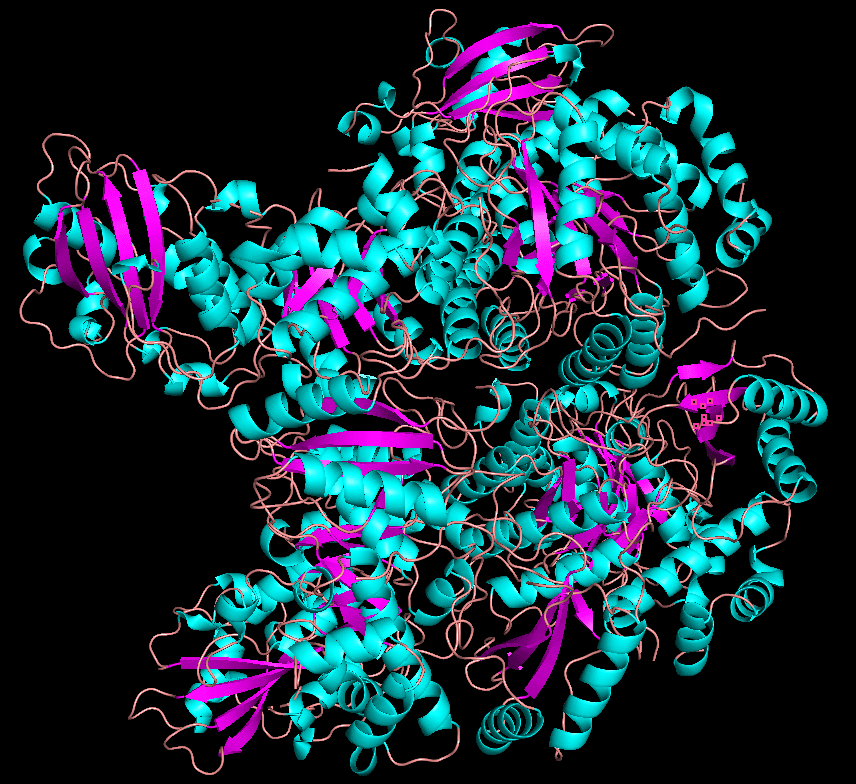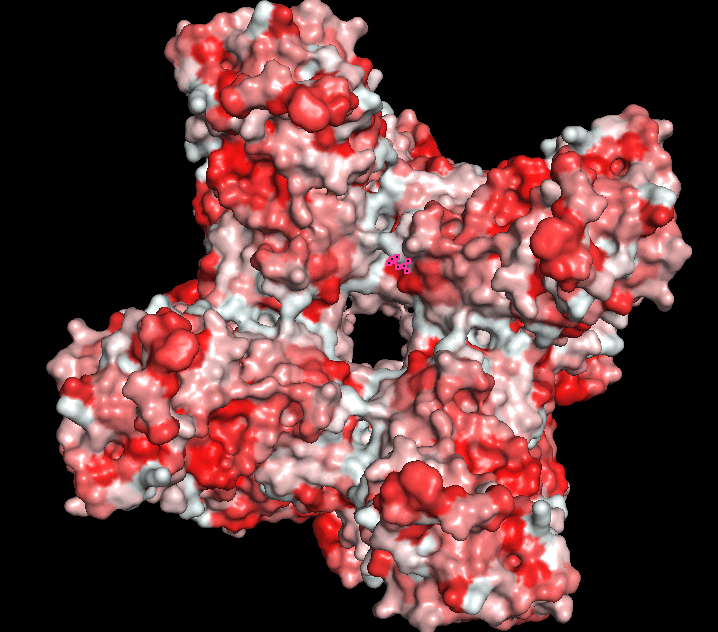- How many molecules of amino acids do you take with a piece of 500 grams of meat? (on average an amino acid is ~100 Daltons)
- 500g = 3.011 x 10^26 Daltons. 3.011 x 10^26 Daltons/100 Daltons = 3.011 x 10^24 molecules
- Why are there only 20 natural amino acids?
- According to Lluis Ribas de Pouplana from Biomedical Research Institute and ICREA Barcelona Science Park, “The genetic code can not grow beyond 20 amino acids because the incorporation of new tRNA identities compromises tRNA-ARS recognition.” Essentially, translation is a challenging process that would potentially have more errors if more complicated amino acid structures were involved. Additionally, the myriad of combinations that can be formed with the 20 amino acids leads to enough protein diversity for mammalian life.
- Why most molecular helices are right handed?
- The right handed alpha helix tends to be more stable because there is less steric strain and fewer hindrances. It is more thermodynamically stable than the left handed helix and there is greater kinetic accessibility.
1AUS - Activated Unliganded Spinach Rubisco
I chose this protein because Rubisco plays an essential role in the Carbon Cycle of photosynthesis, a process that is integral to homeostasis in life cycles and ecosystems on earth. Rubisco captures CO2 from the atmosphere and uses NADPH to create 3-carbon sugars which are later made into starch and sucrose. Rubisco has a fun name, and spinach is my favorite vegetable.

1AUS is 475 amino acids long. There are four protein homologs, all of which are other versions of Rubisco in the Spinacia oleracea species. 1AUS belongs to the Rubisco large chain family, which is a Type I subfamily.

The structure was solved in 1995. It is a detailed and complete structure. There are two unique ligands: magnesium ion and formic acid. I could not find a structure classification family that 1AUS is a part of.
Visualizing 1AUS in PyMOL





Folding 1BL0 in Jupyter Notebook




Alignment of Structure 17 with A chain
